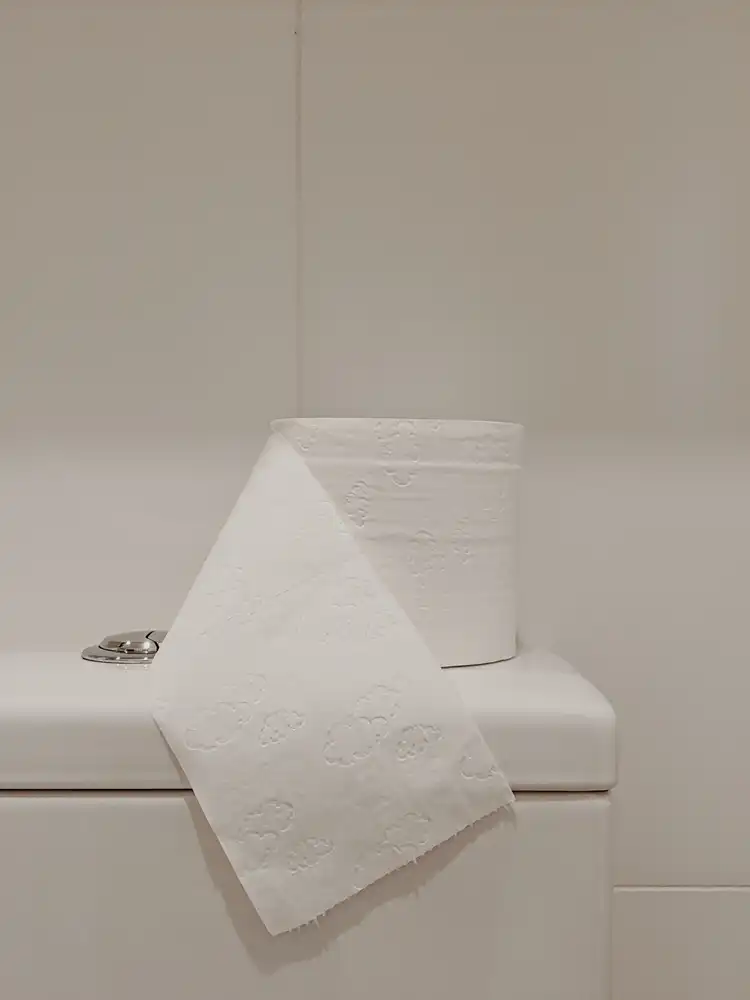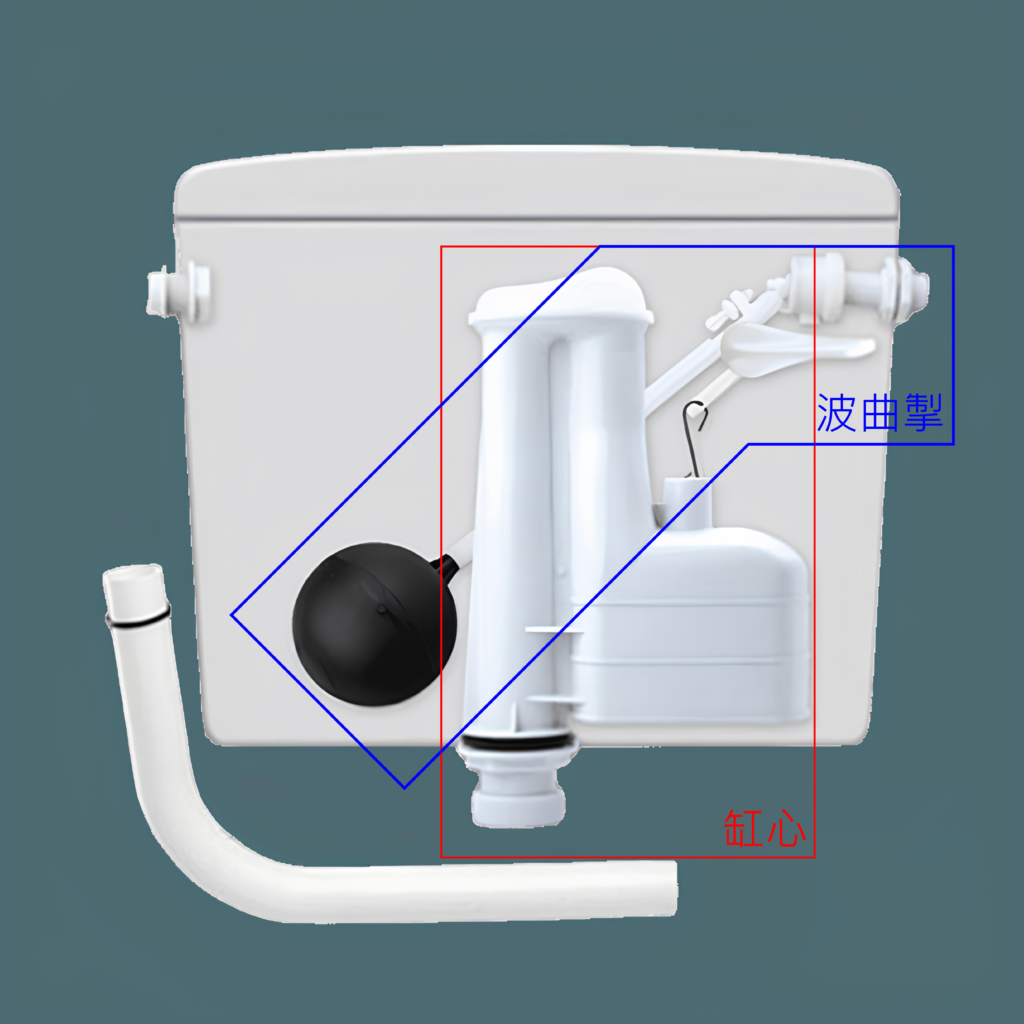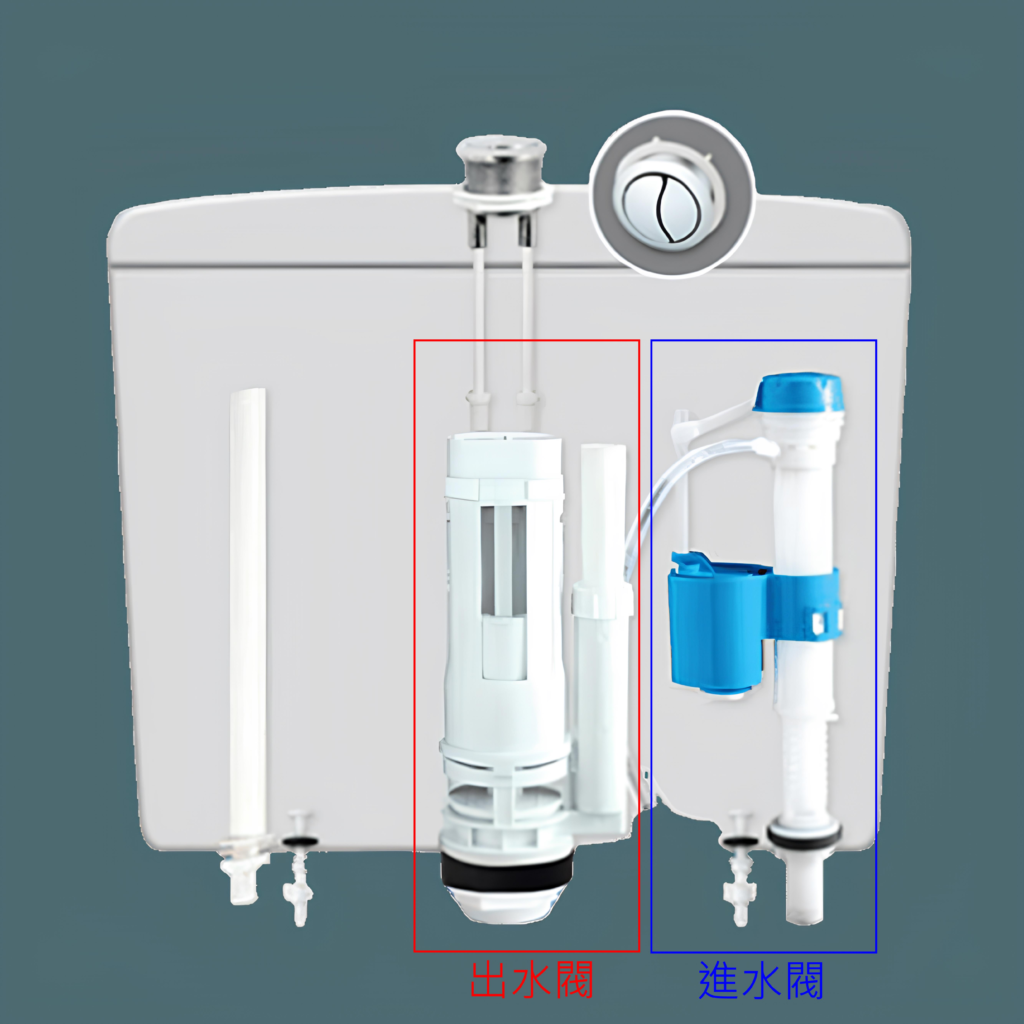
If you want to know more about the cistern of toilet, how it functions, and how to fix or replace it yourself, you are in the right place. In this article, we will explain the different types of toilet tanks: the old-style and the new-style, and their main components: the inlet and the outlet. You will also learn how to check and change the parts that are damaged or worn out. Let’s get started!
Cistern of Toilet
Old-Style Tanks
Old-style tanks refer to those with a capacity of 9-11 liters, positioned above or beside the toilet bowl. They are usually made of plastic or ceramic, and have a handle or zipper to trigger flushing. The inlet and outlet components of old-style tanks can be divided into two parts:

Inlet Components
The inlet components are commonly called the “floating ballcock“. It is a device that uses buoyancy to control the water level. When you open the tank lid, you’ll see a horizontally positioned rod that can move up and down. The end of the rod is connected to a float. This rod is the ballcock and it can adjust the water level inside the tank and prevent overfilling.
Outlet Components
The outlet component is called a flush valve. It uses a siphon effect to drain the water from the tank. Flush valves can be round or rectangular. Externally there don’t seem to be many parts, making it appear quite mysterious. But the structure is actually very simple – it is just an inverted U-shaped tube, with one end narrower than the other. The narrow end connects to the toilet bowl, while the wider end has a one-way piston. The structure consists of a plastic frame with a thin rubber diaphragm on top.
New-Style Tanks
New-style tanks refer to those with a capacity of 7-9 liters, positioned behind or embedded into the wall behind the toilet bowl. They are also usually made of plastic or ceramic, and have a button or touch panel to trigger flushing. The inlet and outlet components of new-style tanks can also be divided into two parts:

Inlet Components
The inlet component is called an inlet valve. It is a device that uses buoyancy to control the water level. When you open the tank lid, you’ll see a horizontally positioned rod that can move up and down. The end of the rod is connected to a float. This rod is the ballcock and it can adjust the water level inside the tank and prevent overfilling.
Outlet Components
The outlet component is called an outlet valve. It uses a button to control drainage. Its structure is more complex and ingenious than a flush valve, and does not have the problem of leaking like flush valves. It consists of a plug that can move up and down, and a shaft that can slide back and forth. I will refer to this plug as a “float valve”. Its function is similar to the one-way piston of a flush valve. Normally it blocks the outlet to the toilet bowl, and when flushing it rises to allow the water in the tank to flow into the toilet bowl.
Conclusion
Toilet tanks are an indispensable part of our daily lives. Understanding their structure and principles can help us use and maintain them better. If you find your tank is leaking, not flushing properly, or not filling up, you can try inspecting and replacing broken parts yourself. If your toilet tank has a leaking problem, we have another article specifically explaining how to fix a toilet tank that won’t stop leaking. I hope this is helpful to you!


